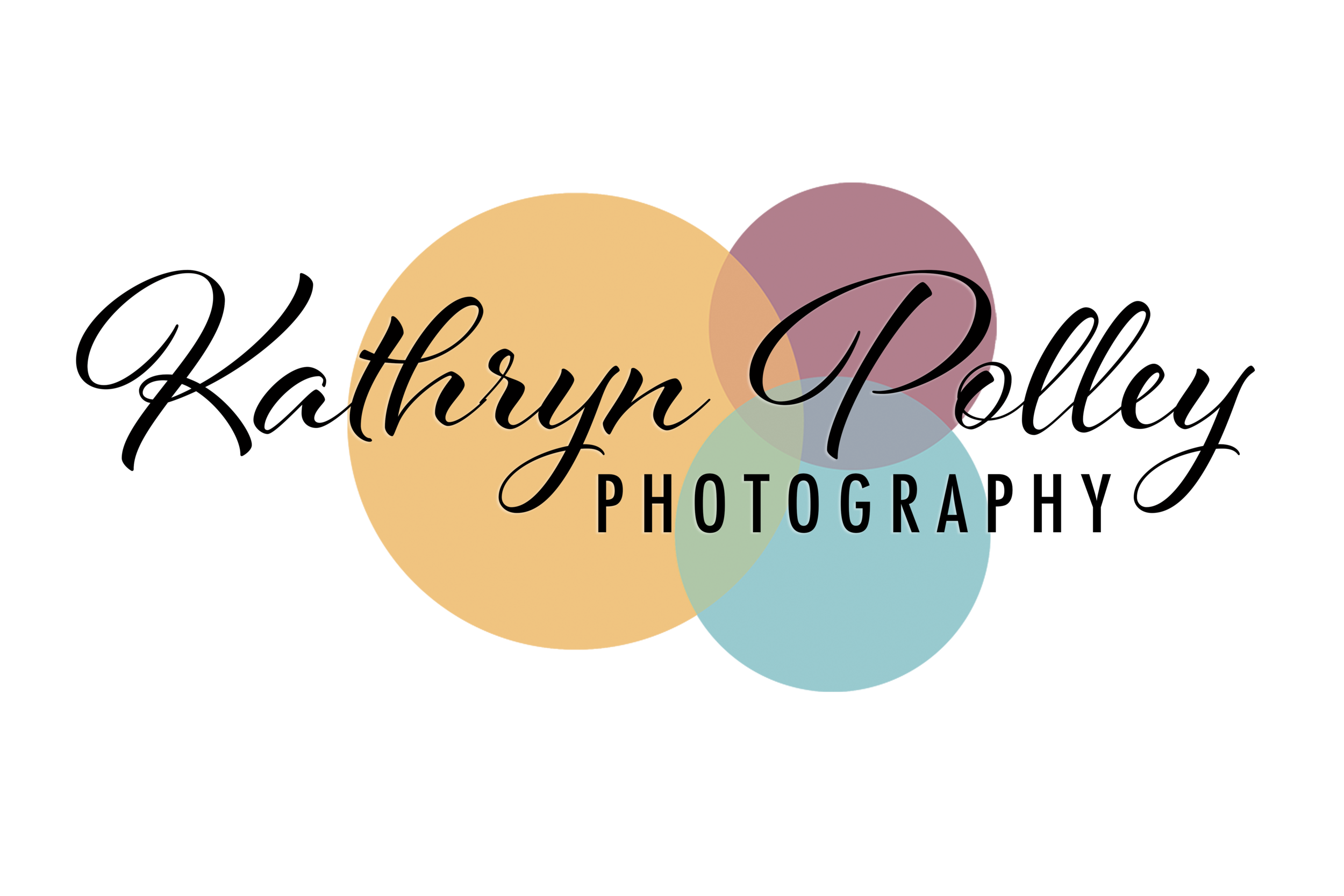PROJECT STATEMENT - MICHAEL
These digital scans made from Vandyke prints on cotton paper from large format (5x4) negatives are of my husband, Michael. Although we have known each other for a long time, I have never previously asked him to submit to the camera in a formal sense; have never set out consciously to make his portrait. When initially asked if he would be willing to model for this nude work, his first reaction was flat out refusal, but by morning he had changed his mind.
I recognised that I had no way of knowing what his thought processes had been, or what had affected his change of heart. (As familiar as he is to me I will never have access to his innermost thoughts; on some level he will always be a closed book. All I can do is assess the surface.) Can one really extract more from a subject by photographing them than a reflection of their outer surface?
This particular surface: his skin, facial and bodily features has changed in the nearly thirty years that we have known one another, having stretched, aged and scarred. The changes have been undocumented. I decided that this project presented an opportunity to really look at my husband, to put him under the scrutiny of the lens and to consder this contradiction between on the one hand being very familiar with a person and yet recognising that they were a separate and discreet entity allowing for only limited knowledge on my part.
Michael’s body is in a way a memory keeper, in that the changes it has gone through, the processes that it has been subject to, are laid down so that his physical manifestation is also a record of the time in which it has existed, much like the result of chemical reactions on photographic film. The photographic print bears its own history showing every choice made by the photographer along the way. All are revealed in the final physical presence. It seemed apt then to marry the documentation of a body with a process that bears witness to its own journey in the same manner; they are both imprints. Andre Bazin said that ‘photography embalms time’, while Susan Sontag related the indexical quality of the photograph to a death mask:’All photographs are memento mori’. I am aware that in all probability there will come a time when only one of us is left to look at these prints. Returning to them at that point will be a comfort as it recalls the strange intimacy of photographing my naked husband in the studio in the Glasgow School of Art’s Reid Building, and the privilege we felt at having that period of time in which to make them.
